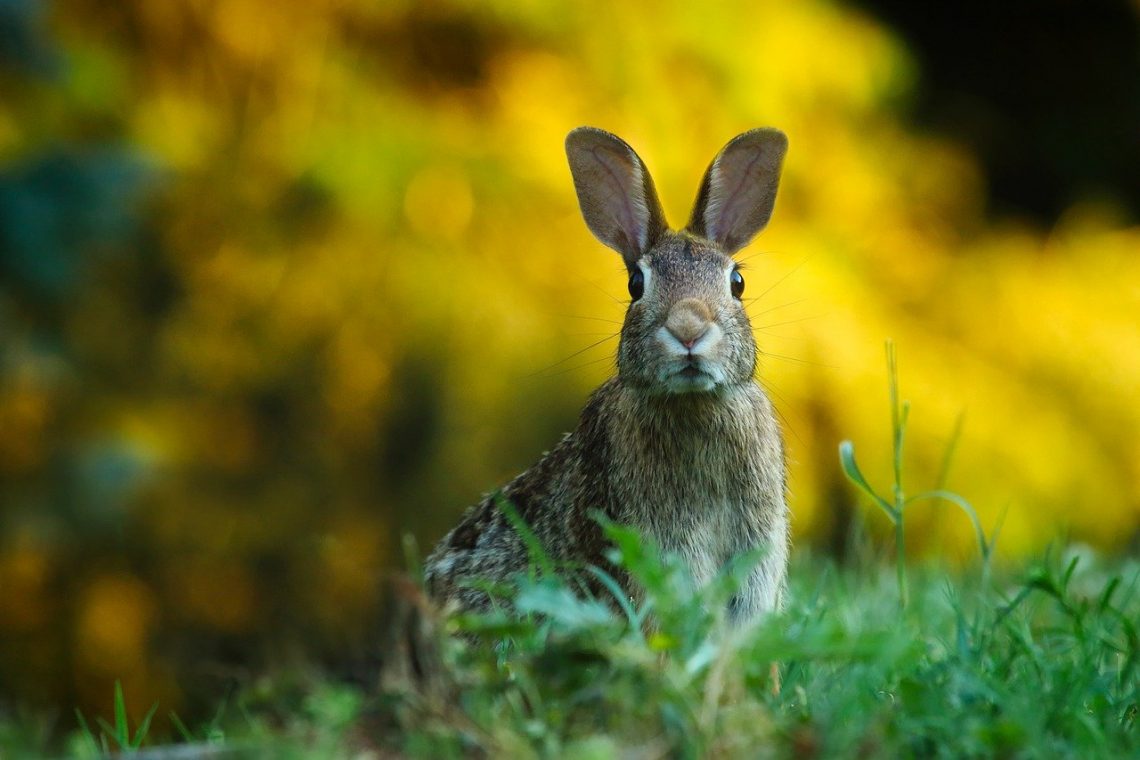
Friend or Foe: Can Invasive Species Be Good?
This week I’m examining the question “can invasive species be good?”
Now, I’m fairly sure that most of us have some fairly strong pre-conceived answers to this question, and I’m imaging more often than not, they lean towards “no”. Mine certainly did.
Until, that is, I read The New wild by Fred Pearce.
It began a few weeks ago when I was browsing through my Instagram stories and happened across a post from Conservation Careers, recommending the book. Knowing that I had a series coming up on invasive species, I thought I’d give it a go.
I wasn’t disappointed.
It really challenged what I thought I had known: invasive = bad.
What follows is just a taste of the kind of questions it brought me to consider.
So hear me out here. Give it a go. You might just leave with some new perspectives of your own…
Question 1: What does “natural” look like?
A State of Flux
Isn’t that the million dollar question?
It’s certainly one the answer to which would make the job of conservationists a whole lot easier. What are we actually chasing?
Is nature not always in a state of flux? It wasn’t so long ago (geologically speaking) that the ground below our feet would have been covered in ice. Nor was it long before that that there were no ice sheets to be seen across the entire planet.
We know our planet was once dominated by giant reptiles. Now mammals rule.
If we are to trust the theory of evolution, as most ecologists do, then we are accepting that the natural world is constantly changing and that change is necessary for progress.
Nature as we know it today is a mere blip in the course of history. A history in which “natural” wears many guises.
What is native?
Many of the species we consider natural in our home countries today have actually been introduced by history’s human travellers.
We have previously talked about the grey squirrel as one such example.
But have you heard about the humble honeybee? Whilst its origins lie in Europe, British settlers brought the insect to the USA. Today it is responsible for around a third of pollination countrywide, says Pearce.
Besides fertilisation services, their honey was a welcome addition as sweetener, where once there had been only maple syrup.
Today, most Americans consider honeybees to be part of the furniture and even now refer to them as American honeybees.
Similarly, earthworms are not native to North America, but today, a whole range of species offer a suite of services across the continent. The American landscape(s) could look very different without them.

Question 2: Are we protecting nature…or human interests?
What’s it all for?
This is where it gets a bit uncomfortable.
I’ve heard it said, by David Attenborough no less, that when it comes to saving the planet from climate change, what we are actually doing is attempting to save humanity from its impacts.
I am paraphrasing, of course, but the general gist is that nature will survive, whatever happens.
Time and again nature has proven to be more resilient than we can imagine. Across multiple epochs and extinctions, life has prevailed in some form.
So the question here is, when we fear invasive species for the sake of “nature”, are we actually just afraid for our own interests?
Humans First
Do we fear that the newcomer will out compete the fish that we like to eat? Are we scared that our crops will be destroyed by an uninvited pest? Does it scare us to think that the landscapes we have become used to our the animals we love could be altered by visitors from afar?
Of course, it’s a natural reaction and a perfectly reasonable one at that. But are we being totally honest about our own motives?
Question 3: Are invasive species following the path that humans paved for them?
A Helping Hand
Here’s the thing: nature’s specialist skill is in filling whatever niche it is given.
We humans are pretty good at creating change wherever we go. Here in the UK a lot of what we consider natural countryside is really farmland, manipulated for human use to within an inch of its life and nothing like nature’s own design.
Australia’s rabbits have been repeatedly demonised, Pearce points out. However, they were merely filling a niche created by settlers who decided to import sheep to graze the Australian landscape in vast numbers and in doing so, changed the ecosystem entirely.
Dingos were brought over to help humans hunt and are now considered an icon of Australia. Camels were brought over to aid construction work. The Australian camel population now outnumbers the their native counterparts in the Arabian deserts.
Can invasive species be good? Well in this case, certainly they can- it’s why we brought them here!
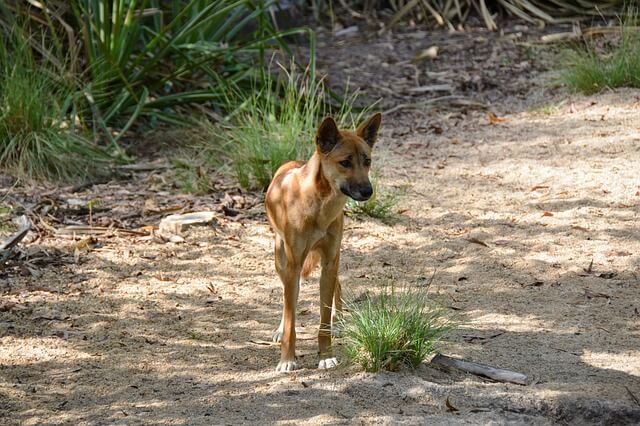
Question 4: Are we using invasive species as a scapegoat for our own mistakes?
Europe’s Sewer
A couple of weeks ago we looked at Mnemiopsis; a jellyfish attributed with the collapse of fisheries in the Black Sea.
However, Pearce challenges this take on things- could humans actually be to blame for this disaster?
You see, the Black Sea was actually serving as Europe’s largest sewer. Highly polluted rivers such as the Danube ran straight into the sea. Anoxia (lack of oxygen) was leading to reduced fish stocks long before the arrival of the sea walnut.
By the time Mnemiopsis arrived, the Black Sea had passed the point of no return, too weak to fend off the invader. The comb jelly could possibly have been it’s best chance at hanging on to life!
Who is to blame?
Was Mnemiopsis, a creature without a brain after all, merely taking advantage of the fortunate set of circumstances thrust upon it? Was it’s arrival actually perfectly timed to allow us humans to blame it for the damage we had already done?
Sometimes its much easier to pass the buck on to the scary alien invader, then to admit our own shortcomings. Sound familiar, anyone?
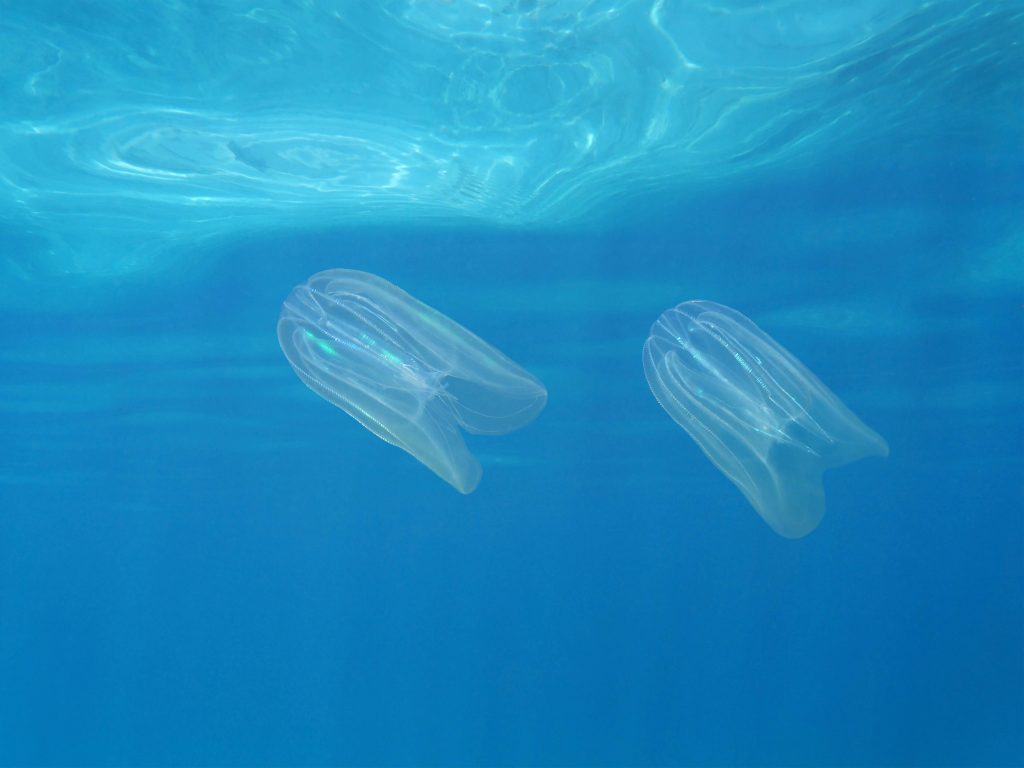
Question 5: Could invasive species actually be helping us?
Fuelling the Future
A runaway plant might seem like a problem on the surface but what if we just looked at it differently and saw opportunity where once there was disaster?
In The New Wild, Fred Pearce talks extensively about the problems water hyacinth has caused on Lake Victoria.
Just like Mnemiopsis, it too was blamed for diminishing an ecosystem. This time it was the lake’s famous population of cichlid fish. It too was possibly the victim of scapegoating as the problem of its spread seemed easily solved by ridding the lake of pollution.
Anyway, the water hyacinth seemed unstoppable. Until someone spotted an opportunity to be had.
The plant could be grown, harvested and replaced at speed- the perfect source of fuel for biogas. It could be used to create fertiliser at low cost for farms. It could be used to suck nutrients out of over-saturated water and soil.
Suddenly, water hyacinth was looking much more appealing in this new light.
Our Alternative Material World
There’s no denying the fact that we humans are in the midst of a love affair with “stuff”. We are also realising that that stuff needs to become more sustainable.
Plants that grow like crazy have the potential to become raw materials, fuels and food.
We already use bamboo, a famously invasive individual, to create many so-called “eco” products due to it’s versatility and the speed at which it can be replaced.
Where kudzu, a bright green vine, appears to plague America, in China it is used to create rope, baskets and paper. Perhaps this is yet another untapped avenue where riches await, if only we could see it.
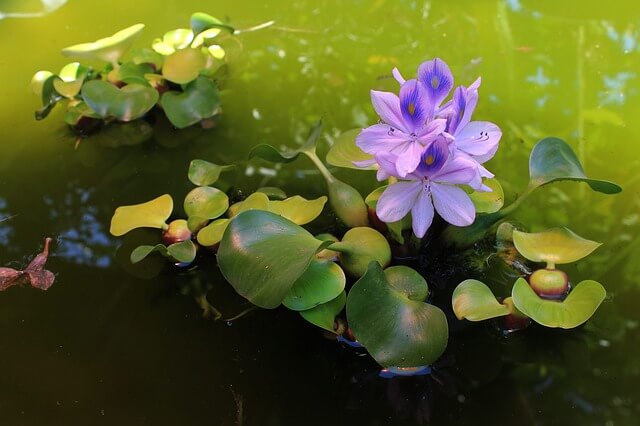
Water hyacinth 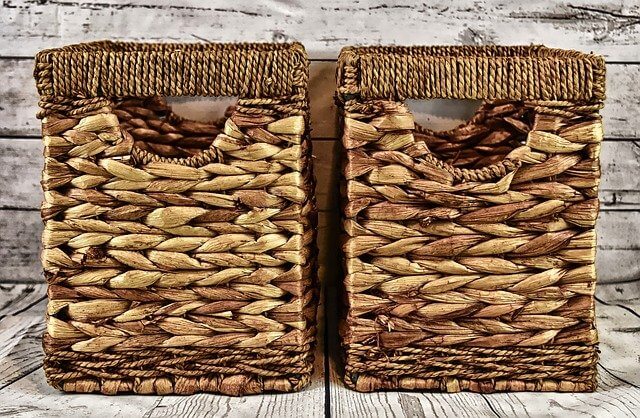
Water hyacinth baskets
One Wild Thing
The One Wild Thing I’d like you to take away for homework this week is just to think…and maybe to read.
I’d highly encourage you to take a read of The New Wild by Fred Pearce. See if your thoughts on invasive species shift at all.
Invasive species, Fred tells us, are often referred to as the second biggest threat to nature after habitat loss. No wonder we are afraid of their arrival at our shores and prepared to pounce the moment they do.
But is all as it seems? Should we be waging out and out war on the invasive species which threaten the ecosystems we know and love in the 21st century?
Or can invasive species be good? Are we blinded by human interest and obsessed with maintaining the world as we see it today? Could a small shift in perspective offer us a world of opportunities right under our very noses?
For me, I would say it probably comes down to evaluating each case separately, but I am at least slightly persuaded that more often than not, if we are to look a little deeper, there are two sides to every story.
Maybe it’s not too late to turn nature’s lemons into lemonade.



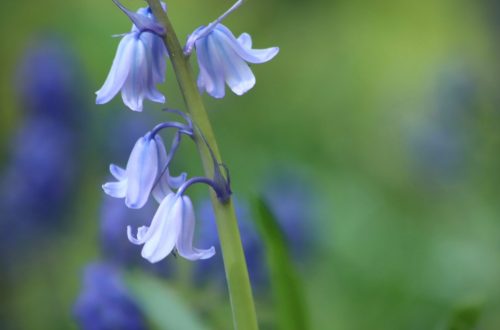
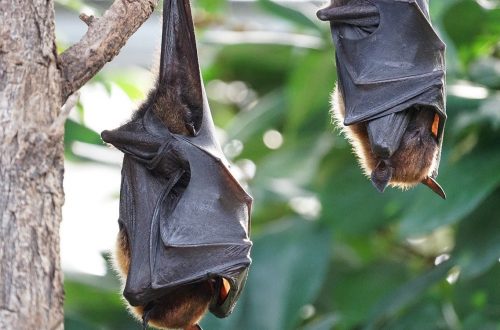
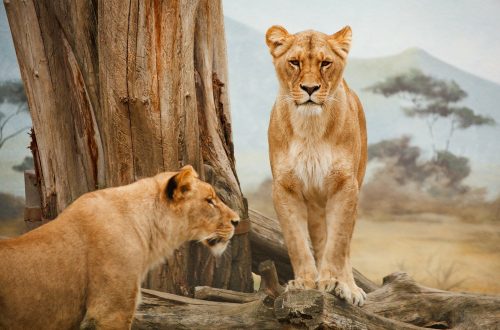
2 Comments
Pingback:
Pingback: